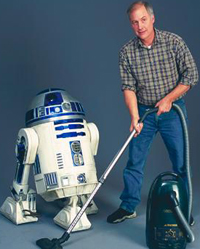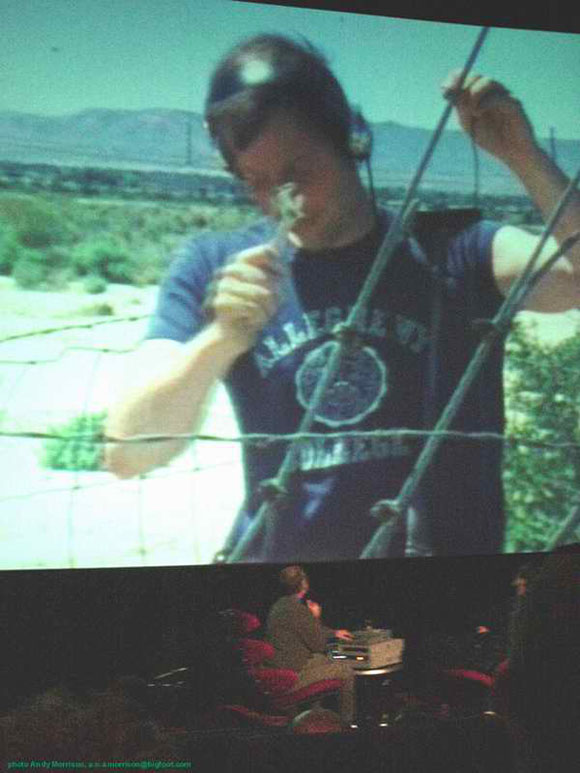
The first Star Wars movie launched a golden age of cinematic design, but not just for visuals — it was sound design’s greatest moment, too. The technology that made all this possible? None other than the humble field recording. (By the way, this is on everyone’s mind — just as I was putting this together, Gino Robair linked from his excellent newsletter for Electronic Musician!)
Armed with a Nagra recorder, sound designer Ben Burtt built many of the now-familiar sounds of Star Wars from ingenious attention to real world sounds. Through masterful editing and enhancement, and the occasional electronic addition, he crafted the sounds we all know and love. Just a few examples:
Tie Fighter: Altered sound of an elephant call.
R2D2: A combination of an ARP 2600 synth and water pipes, whistles, and human vocalizations.
Lightsaber: When the humming idle of simplex projectors wasn’t sufficient, Burtt combined that sound with interference picked up by a microphone from a TV picture tube. For the movement of the blades, he waved his microphones through the air over a speaker. (see extended interview)
Laser gun blasts: Among others, a principle element of the laser blast is the sound of a hammered wire on a radio tower. (Not, as is commonly reported, the wires on the Golden Gate Bridge.) See the full story from Burtt’s chemist dad.Darth Vader: Some of the effect of Darth Vader’s voice is acheived with a carefully modulated vocoder.
The second trilogy: Burtt has continued the organic sound design in the new movies. One example: the bubbling sound when Anakin sees Watto is boiling liquid nitrogen from Burtt’s father’s lab.
And that’s just the beginning: a motel air conditioner was added to Imperial ships to make the more menacing. The Ewok language was constructed out of layered, re-edited versions of Tibetan, Mongolian, and Nepali. Bears, walruses, dogs, and lions (but mostly bears) became the sound of Chewbacca. Freeway sounds recorded through a tube, electric guitars, electric toothbrushes and razors, dolphins, synthesized sounds (now employing newer synth systems like Kyma), and many others have become Star Wars sounds over the years. Burtt says he was inspired by classic foley work, too; fitting in the original trilogy, which took many cues from classic film.
It took a sound designer with a degree in physics and a lot of imagination to make it all work. Here’s where you can find out more (and if I’ve missed any links or anecdotes, please send them!):
Filmsound.org: Extensive list of stories and links, compiled by Sven E Carlsson
Interview transcribed from the LaserDisc set
Ben Burtt’s bio from StarWars.com
The real story behind the laser guns
Long Q&A with Ben from StarWars.com (covering all six movies).
Incidentally, I’m fairly certain R2D2 is an ARP 2600 but couldn’t find confirmation. And, surprisingly, I couldn’t find details on Darth. Anyone with more info? And what were your favorite sounds?
